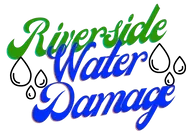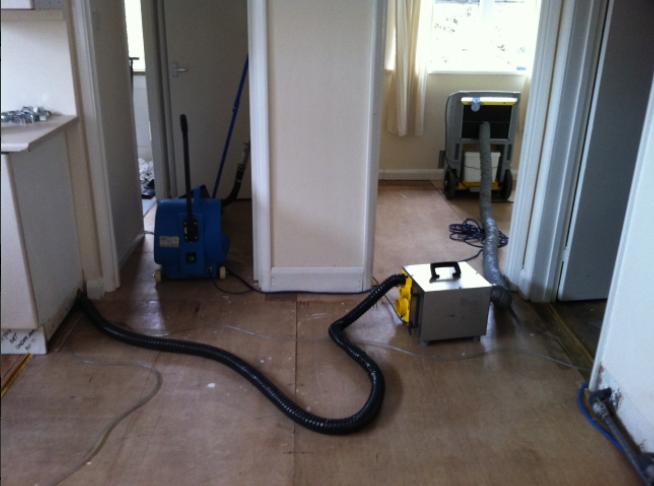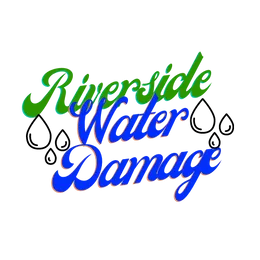Water damage can be a homeowner’s worst nightmare. Whether it’s due to a burst pipe, a leaky roof, or a natural disaster, the aftermath of water damage can be overwhelming. It’s crucial to act quickly and efficiently to dry out your home and prevent further damage. While it might be tempting to tackle the drying process yourself, it’s often best to leave it to the professionals. In this blog, we’ll explore the steps you can take to dry out your home after water damage while emphasizing the importance of hiring experts for the job.
1. Assess the Extent of the Damage
The first step in addressing water damage is to assess the extent of the damage. This involves identifying the source of the water, whether it’s clean water, such as a burst pipe, or contaminated water, like sewage or floodwater. Understanding the source of the water is essential for determining the appropriate course of action.
Additionally, you’ll need to assess the affected areas of your home. This includes inspecting walls, ceilings, floors, and any belongings that may have been exposed to the water. Take photographs and document the damage for insurance purposes. If the damage is extensive, it’s crucial to contact your insurance company as soon as possible to initiate a claim.
2. Safety First
Before you start any drying process, prioritize safety. Ensure that the electricity in the affected area is turned off to prevent electrical hazards. If you’re dealing with contaminated water, wear protective gear, including gloves and a mask, to avoid exposure to harmful bacteria and pathogens.
3. Remove Standing Water
The next step is to remove any standing water from your home. This can be done using a wet-dry vacuum, mop, or bucket, depending on the amount of water and the size of the affected area. It’s essential to remove as much water as possible to prevent further damage and the growth of mold and mildew.
4. Dry Out the Area
Once the standing water has been removed, it’s time to start the drying process. This involves using fans and dehumidifiers to remove moisture from the air and surfaces. Proper ventilation is crucial for expediting the drying process. Open windows and doors to allow fresh air to circulate through the affected area.
For larger water damage incidents, it’s advisable to consult with professionals who have industrial-grade equipment designed to remove moisture quickly and efficiently. They can also assess hidden pockets of moisture in walls and floors that may not be visible to the naked eye.
5. Remove Damaged Materials
In some cases, water-damaged materials, such as drywall, insulation, or flooring, may need to be removed and replaced. This is especially true if the materials are contaminated or have sustained significant damage. It’s crucial to address these issues promptly to prevent the growth of mold and ensure the safety of your home.
6. Disinfect and Prevent Mold
Water damage can create the perfect conditions for mold growth, which can pose serious health risks. To prevent mold, it’s essential to thoroughly disinfect the affected area. Use a mixture of water and a mild detergent to clean surfaces and belongings. Pay special attention to areas that were submerged in water.
To further inhibit mold growth, consider applying an antimicrobial agent. Mold can start to develop within 24-48 hours after water damage occurs, so it’s crucial to act swiftly to prevent its spread.
7. Monitor the Drying Process
Drying out your home after water damage is not a one-time task. It’s important to monitor the drying process regularly. Check the moisture levels in the affected area using a moisture meter. Once the levels are back to normal, you can begin the process of rebuilding and restoring your home.
8. Seek Professional Help
While it’s possible to address minor water damage issues on your own, it’s important to recognize when it’s time to seek professional help. Large-scale water damage incidents, as well as cases involving contaminated water, often require the expertise of trained professionals.
Professional water damage restoration companies have the knowledge, experience, and specialized equipment needed to effectively dry out your home and mitigate further damage. They can also work with your insurance company to ensure that you receive fair compensation for the restoration process.
Conclusion
Dealing with water damage in your home can be a stressful and challenging experience. While it may be tempting to tackle the drying process yourself, it’s essential to prioritize safety and consider the extent of the damage. Seeking professional help is often the best course of action, as experts have the necessary tools and expertise to efficiently dry out your home and prevent further issues like mold growth.
Remember that addressing water damage promptly is crucial to minimizing damage and ensuring the safety of your home and your family. By taking the right steps and seeking professional assistance when needed, you can restore your home to its pre-damaged condition and regain peace of mind.
Riverside Water Damage https://www.waterdamageriversidecalifornia.com/


